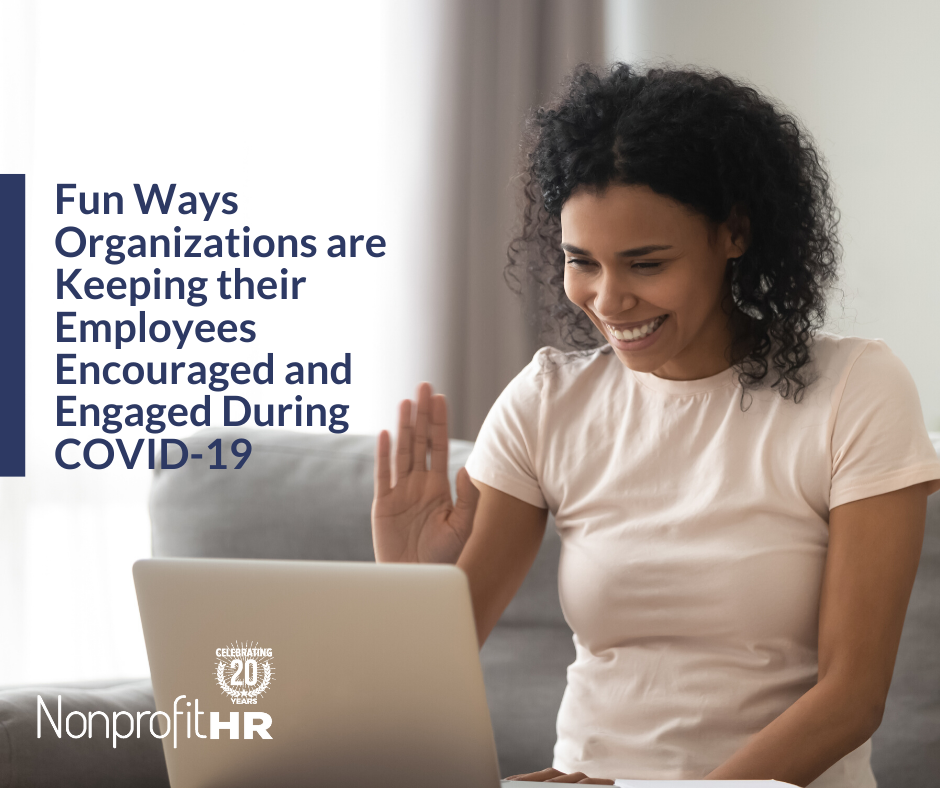WTOP: 5 ways nonprofits can…
Today, there are four generations within the workplace: Traditionalists, Boomers, Gen X and Millennials. This wide span of ages presents both challenges and opportunities. While different generations can learn a great deal from one another, generational issues can also call strife in the workplace. As a nonprofit leader, how do you build a multi-generational culture that works? Here are a few ways to start:
Bust negative stereotypes
First and foremost, it’s imperative to help your employees eliminate preconceived notions they carry about other generations. Employees may have deeply seated beliefs that millennials are ‘entitled and lazy’ or that baby boomers are ‘disengaged and washed up,’ but these stereotypes are not only untrue, they can foster a hostile workplace environment and unfriendly office culture.
As a leader, you have to help your employees call their biases into question. Create and foster an environment of continuous learning about how the generations in your workplace can and do work together. Engage staff from different generations and have them share their insights on a topic related to intergenerational collaboration. Celebrate efforts made by staff to engage and collaborate with others outside of their own generation. Model this practice yourself by spending quality time with staff outside of your leadership team and/or your own generation. This will send a message to staff that communication and engagement across generations is not only valued but a key part of your workplace culture.
Recognize each generation’s strengths
Each generation has its own strengths. Maybe you’ve noticed that many of your traditionalists value the responsibility that comes with building relationships. If that is the case, encourage those employees to continue to foster those relationships, and encourage them to share their best practices with younger employees. Or maybe you’ve noticed that your millennial employees have a track record of coming up with creative solutions to challenging organizational problems. Cultivate that skill and get them brainstorming with older staff. Each generation brings unique skills to the table and in identifying those skills, you give all employees an opportunity to succeed.
Encourage mentorship
A mentoring program is a simple, but effective way to help staff in different generations learn from one another. Don’t limit yourself to relationships where the mentor is the older employee. A millennial may be considered the mentee in most traditional settings, but, for example, as a digital technology mentor, they might teach their older counterparts about the perks of using Twitter to stay up to date on relevant workplace topics. Your organization’s mentorship program can take on a more formal approach with scheduled meetings, programs and events, or it may be a more informal Either way, employees can begin to develop relationships across generations through this type of program, which will only strengthen their work.
As a leader it’s important to stay attuned to your workplace dynamics, and generational differences are a piece of that puzzle. After you assess the generational differences within your organization, you can start to build programs to encourage multi-generational collaboration.





























